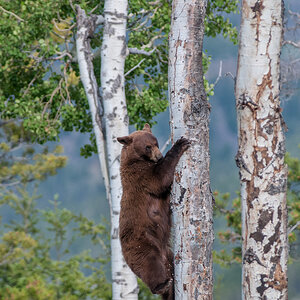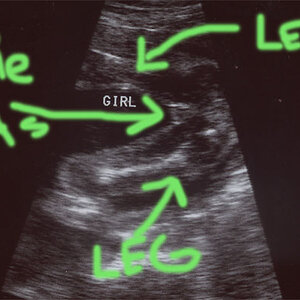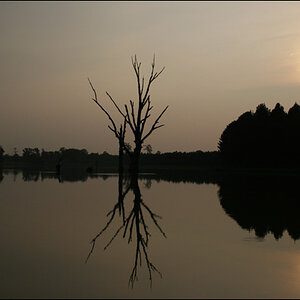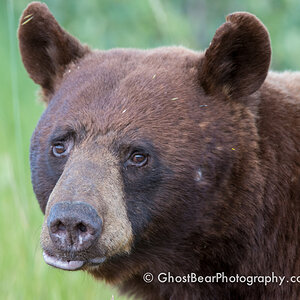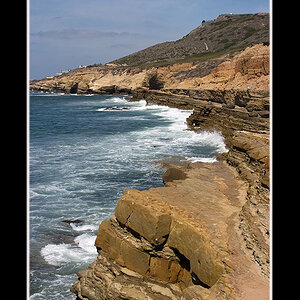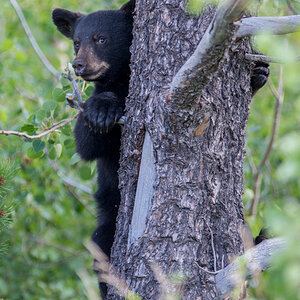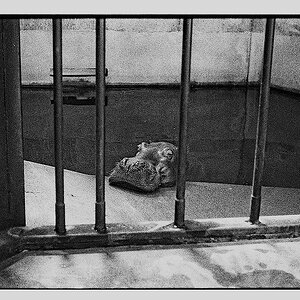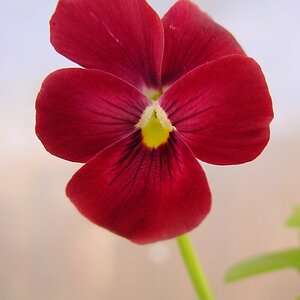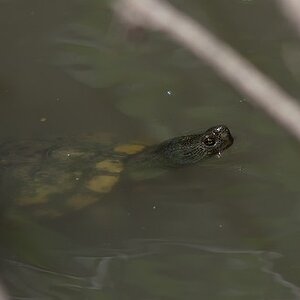jols
TPF Noob!
- Joined
- Aug 19, 2007
- Messages
- 1,034
- Reaction score
- 0
- Can others edit my Photos
- Photos OK to edit
ok.
right i have the i camera meter sussed.
thanks to you all.
if i was to purchase a separate light meter can you tell me what happens next.
how do i know what to set the camera at from the reading.?
is there some kind of chart i can follow?
right i have the i camera meter sussed.
thanks to you all.
if i was to purchase a separate light meter can you tell me what happens next.
how do i know what to set the camera at from the reading.?
is there some kind of chart i can follow?


